An emerald wonderland of rice paddies and tea plantations fringed by mist-shrouded mountain peaks, Jiangxi’s natural beauty reads like a Song Dynasty ink painting. But it all seems even more amazing when you visit in person, with its national parks, historic mountain trails connecting Buddhist and Taoist temples, hidden waterfalls and hot springs, unique flora and fauna… Best of all, new high-speed rail lines have made Jiangxi more accessible than ever.
Lushan National Park: Discovering Chinese History
Clouds cover Loc Son National Park
Long regarded as a bastion of Chinese culture, the mountainous town of Lushan is a place to start your adventure before setting foot in Lushan National Park, one of the most enchanting destinations in Jiangxi Province. Mount Lushan, with its highest peak reaching 1,474m, was declared a UNESCO World Heritage Site in 1996 for its thousand-year-old temples and monasteries, Confucian relics and calligraphy carved into the cliffs centuries ago. A hike here is a journey back into Chinese history, past faded stone tablets whose inscriptions reveal the long line of illustrious visitors from past dynasties.
For the adventurous, stretch your legs and tackle any of the 30 or so hiking trails here, such as the stunning Wulao Peak at Sandiequan (literally ‘three-tiered spring’), a waterfall hidden in a deep gorge that splits into three sections and plunges nearly 100m down the mountain into a secluded lake. Best of all, the air in Lushan is considerably cooler than the provincial capital Nanchang, making it the perfect summer escape from the big city.
Long Ho Mountain: A magical world of supernatural Taoism
Luxi River meanders between Long Ho mountain peaks
Jiangxi's Longhu Mountain is renowned as one of the four sacred mountains of Taoism. The cluster of peaks became a spiritual center in China about a thousand years ago during the Song Dynasty. At its peak, it had more than 100 temples and monasteries.
Longhu Mountain has also been recognized as a UNESCO Global Geopark thanks to its unique tectonic and volcanic terrain. One of the most unusual sights here is the mysterious 'hanging coffins' hanging from the cliffs called xuanguan, an ancient funeral practice that is more than 2,500 years old.
Tam Thanh Son National Park: 'Gallery' of nature's sculptures
A walkway clings to the cliffs surrounding a mountain peak in Tam Thanh Son National Park
The towering granite towers, carved over millions of years into fantastical shapes in the valley, are the most attractive highlight of Sanqingshan National Park. The scenery in Sanqingshan is considered as spectacular as the Huangshan range in Anhui province and especially will avoid the crowds of tourists during peak season.
The ‘West Coast Trail’, one of the most scenic hiking trails, leads to the Sanqing Temple, which dates back to the Ming Dynasty. Meanwhile, the ‘Sunshine Coast Trail’ cuts through dense forests of pine, fir and bamboo, blooming with wildflowers and offering spectacular views. If possible, try to spend the night at the summit, especially in May when the rhododendrons are in bloom.
Wu Gong Mountain: Grassland in the Sky
Visitors can camp on Vo Cong Mountain for a magical stargazing experience.
In the west of the province, Wugong Mountain is home to Jiangxi's highest peak, the 1,918m White Crane Peak. It features a fascinating mix of landscapes, including thousands of hectares of alpine grasslands and seasonal changes - a kaleidoscope of wildflowers in spring, lush green in summer, golden yellow in autumn and snow-capped in winter.
Visitors will also find dense forests and hiking trails that lead to waterfalls, natural springs, cliff walks and lookouts overlooking towering granite columns (some over 250m high) that have been shaped by wind and time into dramatic shapes. Mount Wugong is also a great place to photograph the phenomenon of a ‘sea of clouds’ that flows across the landscape like swirls of smoke, or what some describe as a waterfall in the sky. Rare fauna in the area includes the iguana (a lizard-like amphibian) and the clouded leopard.
Even more unique, Vo Cong Mountain also offers a large outdoor camping service, making it the perfect place to watch the stars on clear nights. The mountain is also home to the International Camping Festival, attracting tens of thousands of outdoor enthusiasts.
Minh Nguyet Mountain: Home of the Moon Goddess
A small stream flows through the bamboo forest at the foot of Minh Nguyet mountain.
Meaning 'Bright Moon' in Chinese, Jiangxi's Mingyue Mountain is renowned for its mineral-rich hot springs as well as its awe-inspiring landscape of dozens of peaks, forested valleys and cobalt blue lakes. The cultural symbolism of the Moon is of paramount importance here, as Mingyue Mountain was once believed to be the home of Chang'e, the mythical Chinese moon goddess.
Mingyue's Wentang Fuxi Hot Springs have been revered for over 900 years for their exceptional purity. The steaming water that flows from fissures some 400m underground is rich in selenium, a powerful antioxidant, along with dozens of other health-promoting minerals. Maintaining a steady temperature of around 70°C year-round, the water is said to be clean enough to drink and perfect for soothing tired muscles after a thrilling hike along Mingyue's 3,000m-long plank walkway on the cliffs.
Jinggang Mountains: 'A True Dish' of Views
Clouds wrapped around Jinggang Mountains
Bordering Jiangxi and Hunan, the vast Jinggang Mountains Scenic Area, covering more than 700 square kilometres, is home to rolling peaks, winding rivers, densely forested ridges and a wealth of heritage sites that mark important moments in China’s recent history. Visitors will also find stunning waterfalls, limestone caves and steamy hot springs. The most famous sight in the Jinggang Mountains is the Wuzhi Peak, which means ‘five fingers’ because the cluster of mountains resembles a human hand. Wuzhi Peak was even featured on the back of the 100 yuan note until 2018.
Jinggang is also a great place to sample fiery Jiangxi cuisine, which ranks as one of China’s spiciest alongside Hunan and Sichuan cuisine. Here you’ll find chillies used as vegetables (that is, eaten rather than simply added to dishes to enhance flavour), alongside stir-fries and stews featuring bamboo shoots, ferns and local herbs, and freshwater fish from Jiangxi’s many rivers.
Source: https://vietnamnet.vn/bi-mat-an-chua-o-giang-tay-hon-ngoc-nguyen-so-cua-trung-quoc-2146503.html


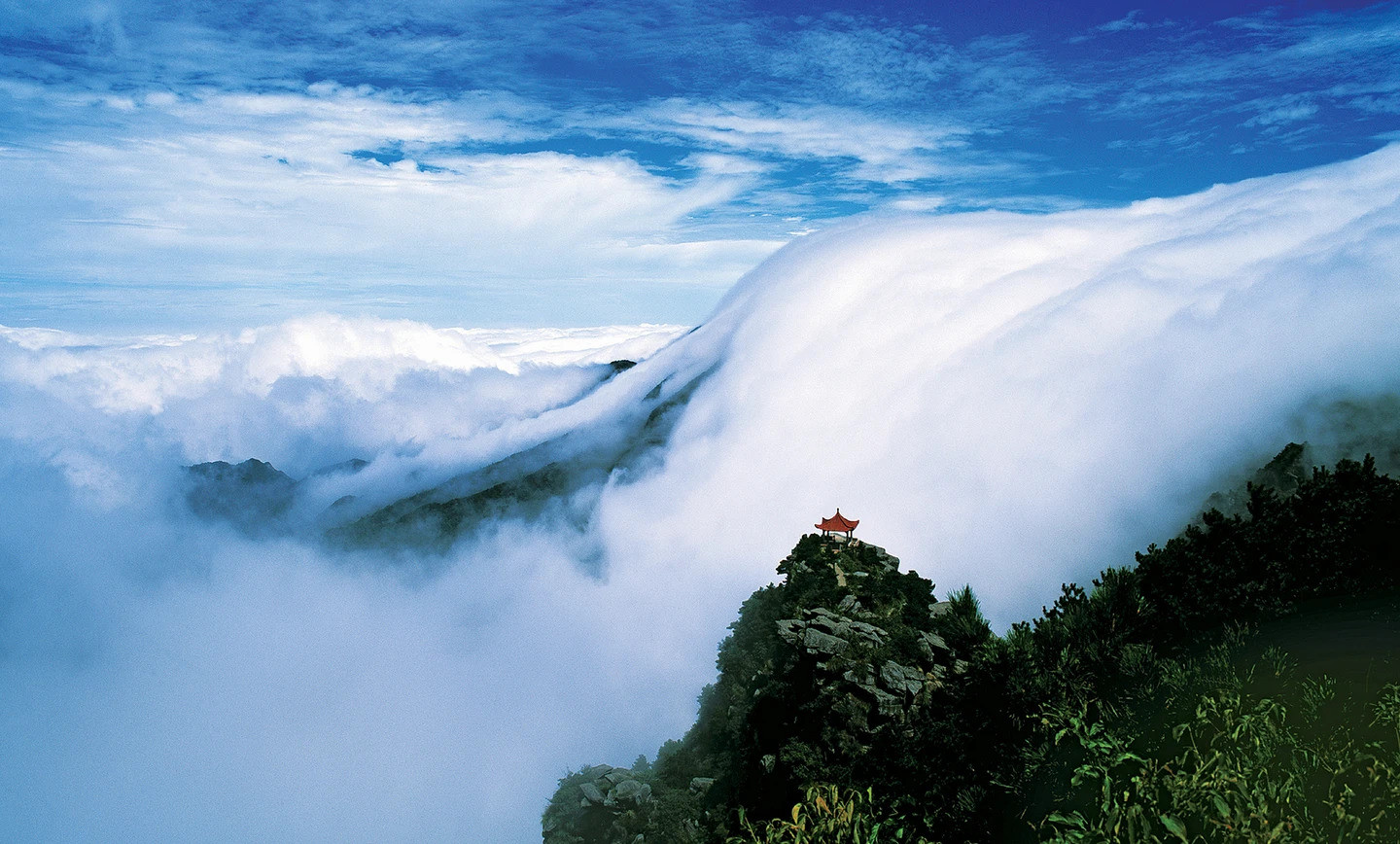
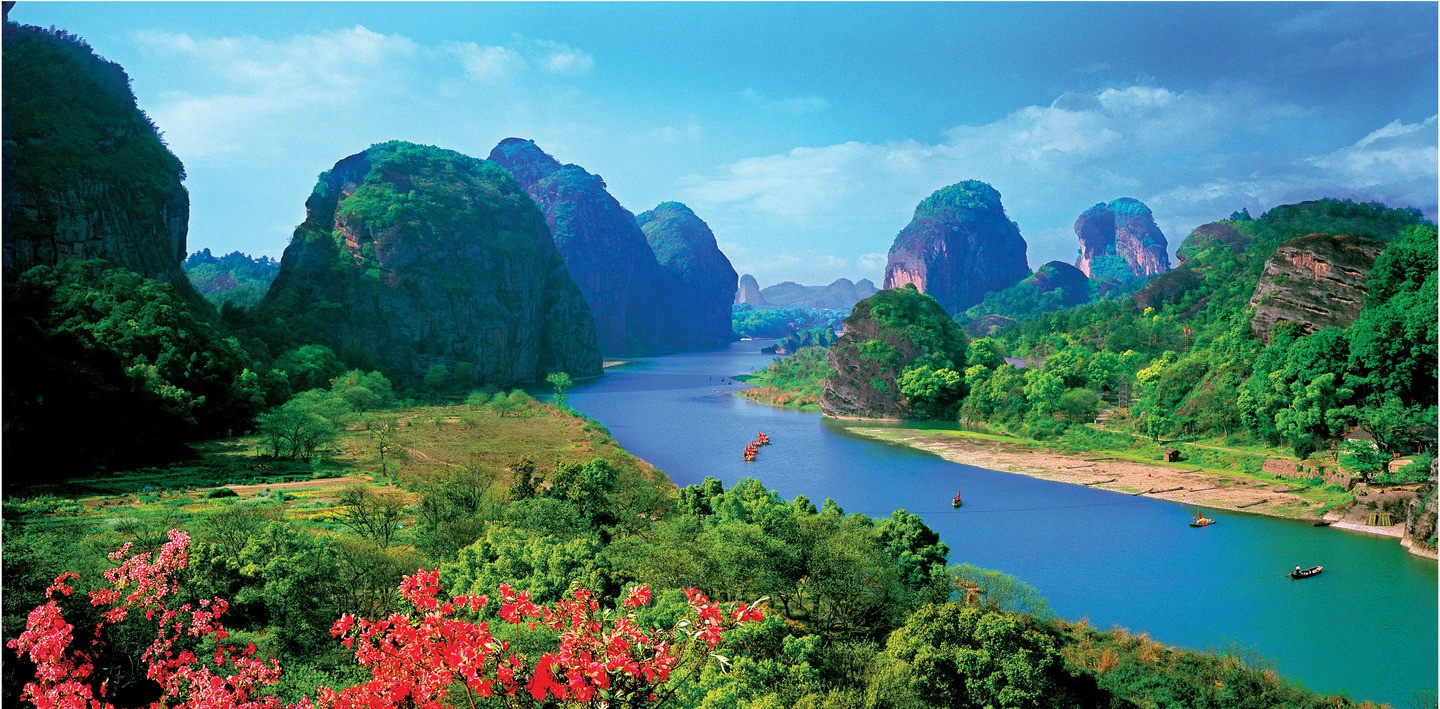

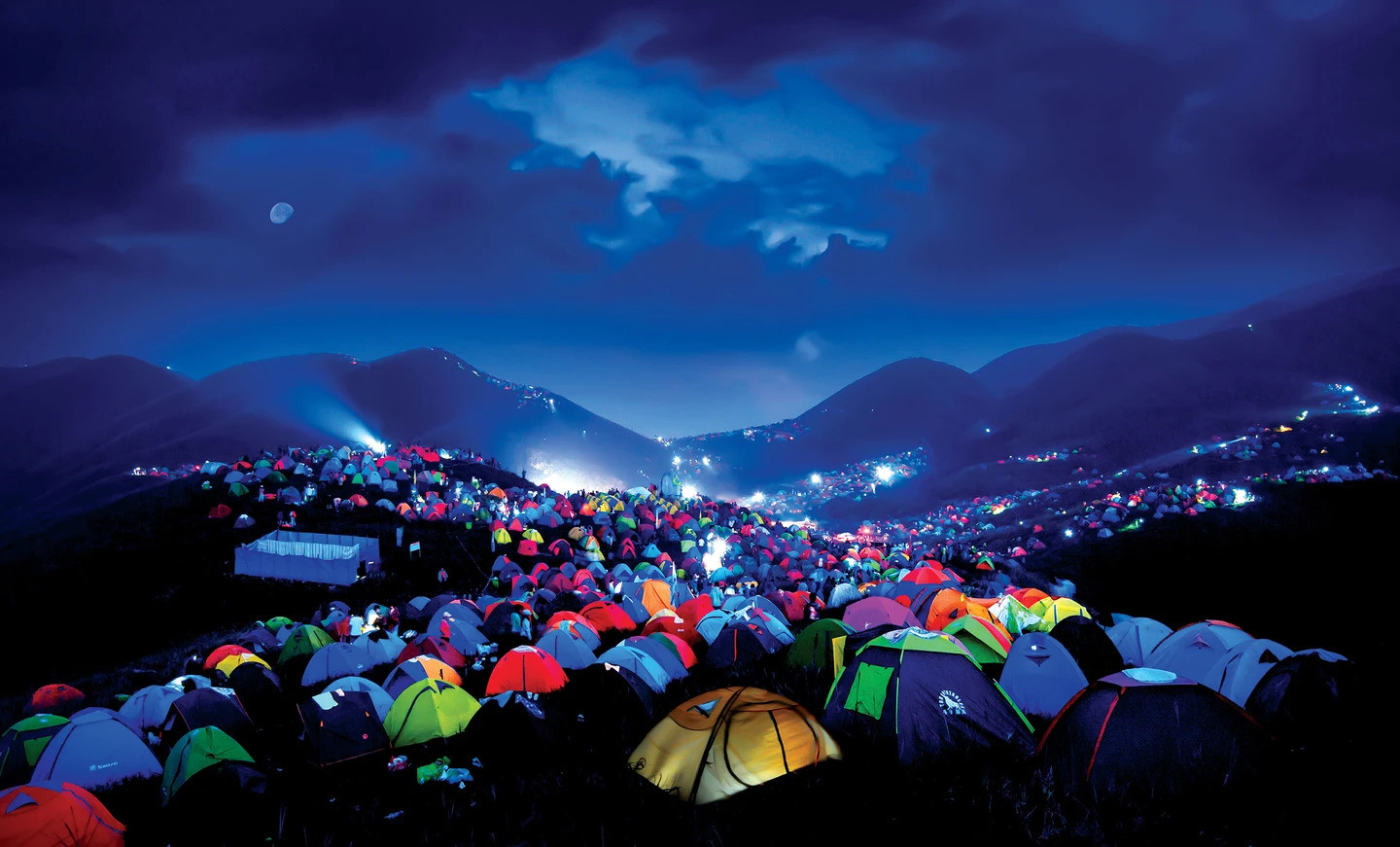
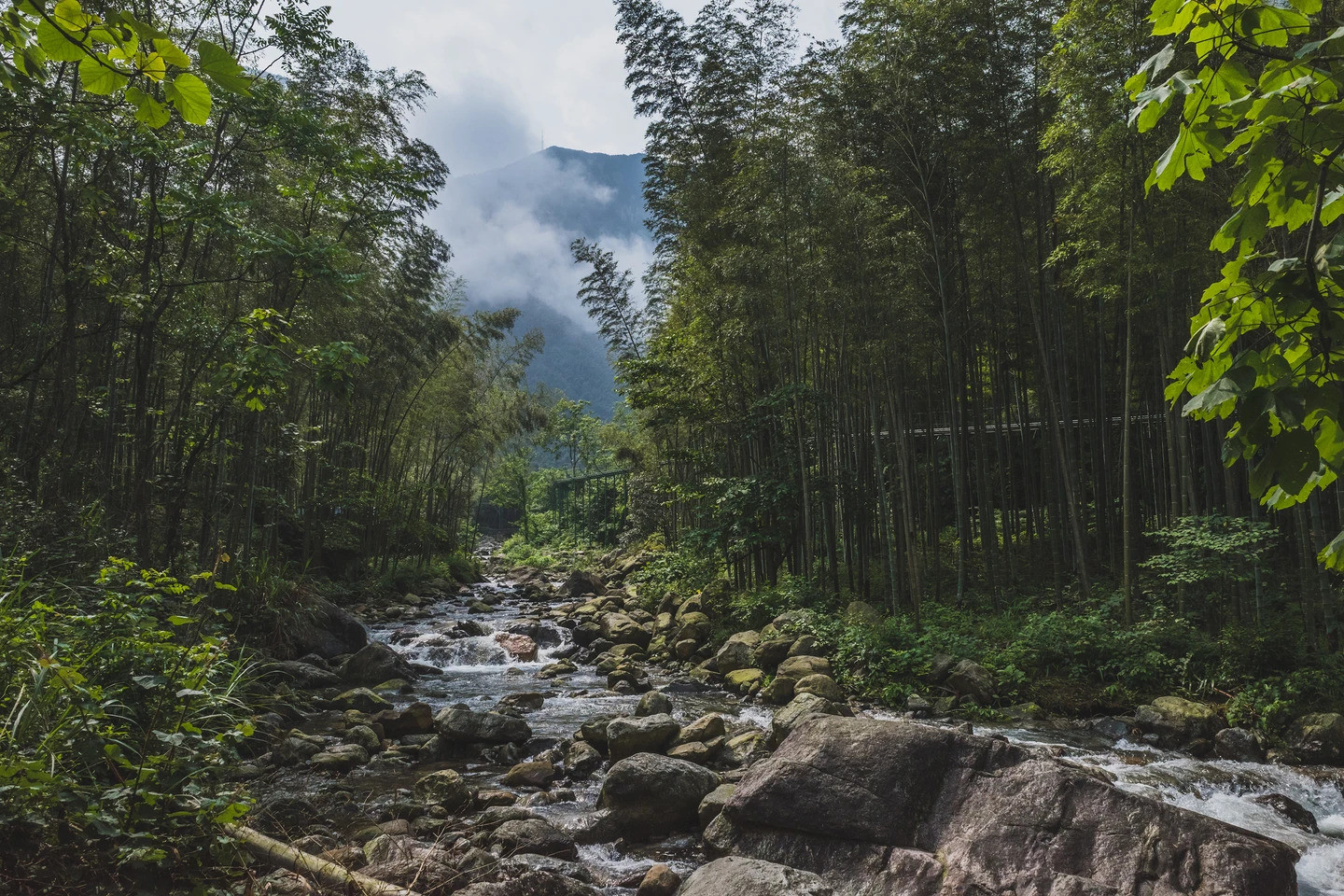
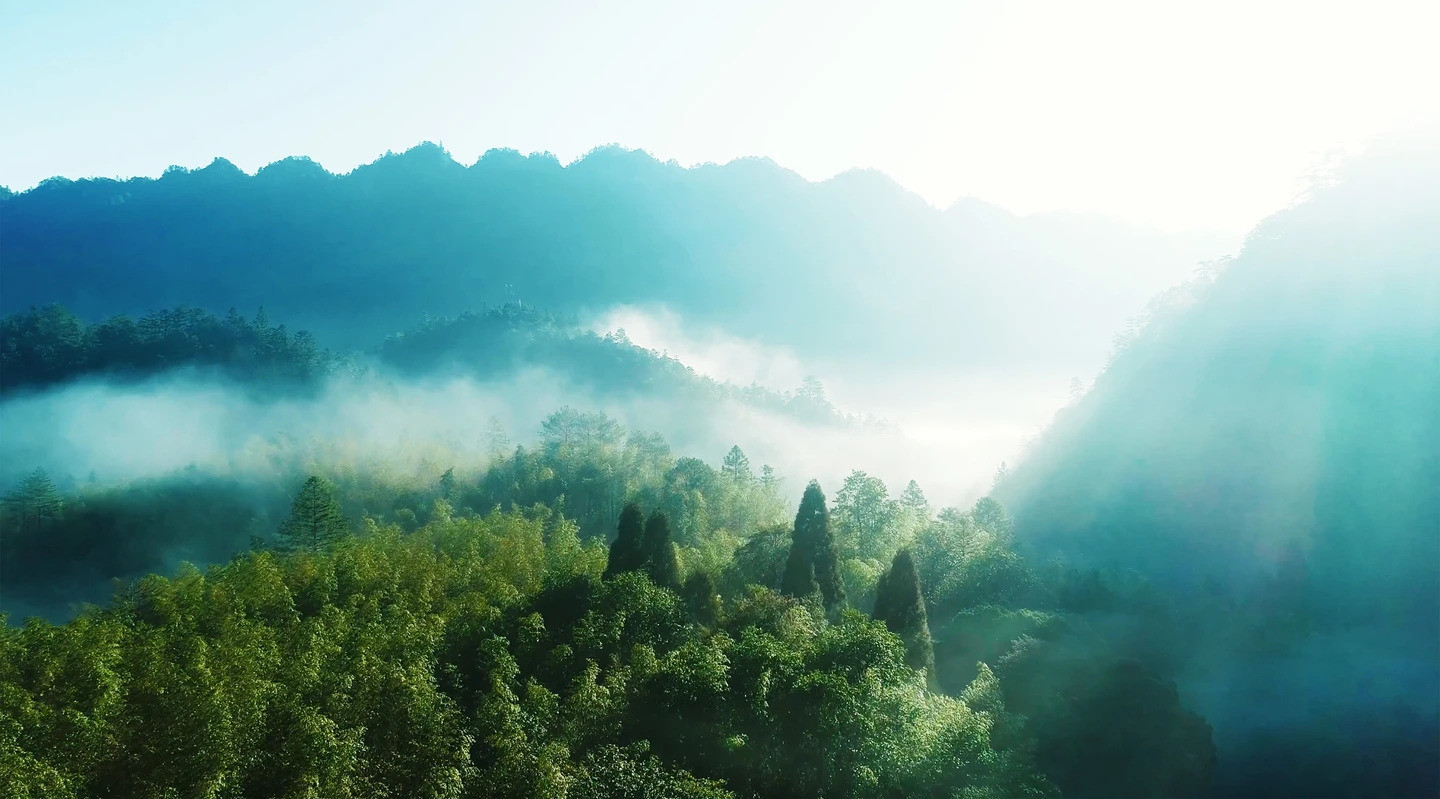
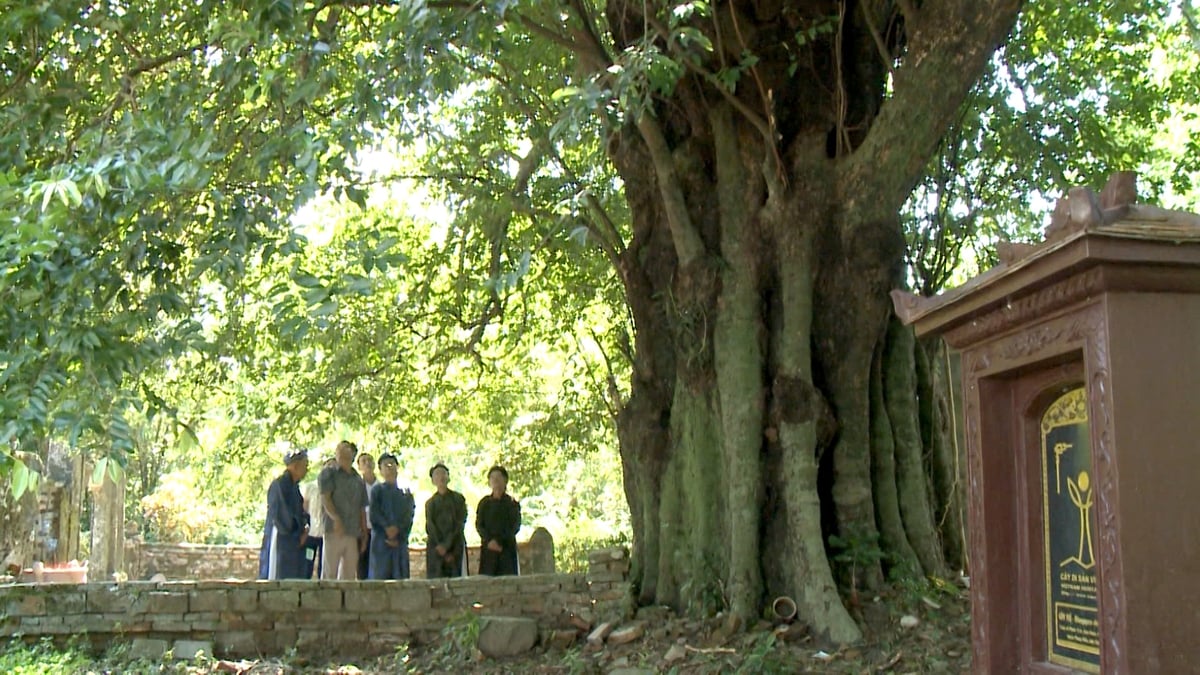
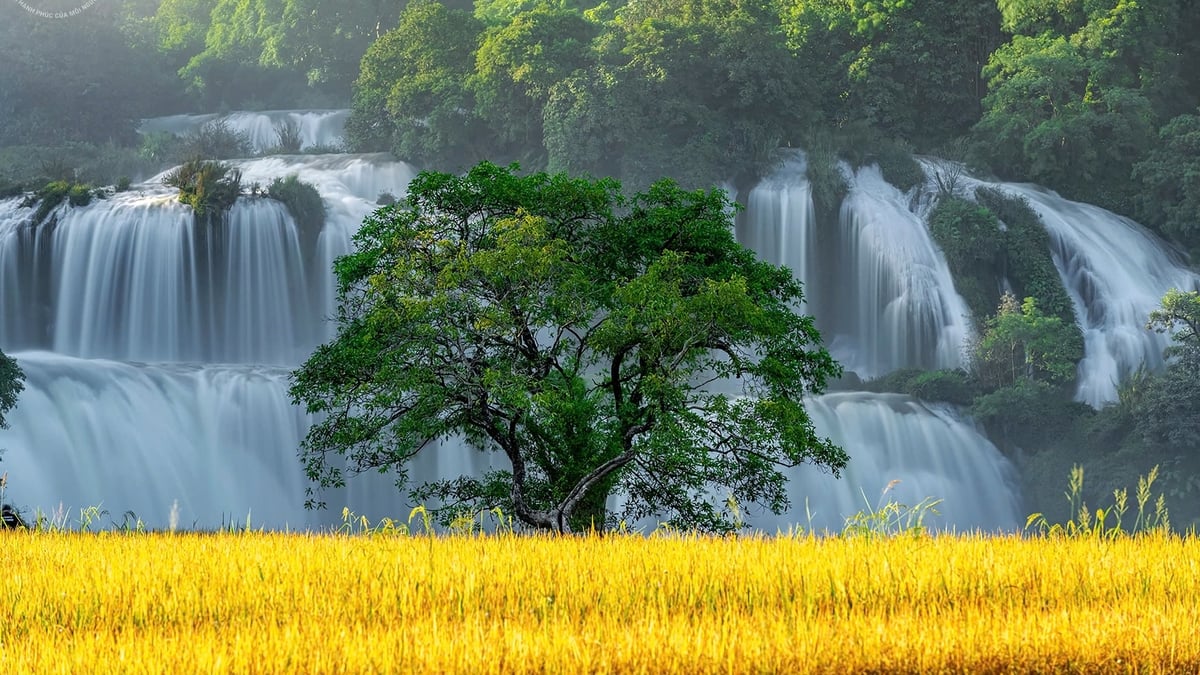
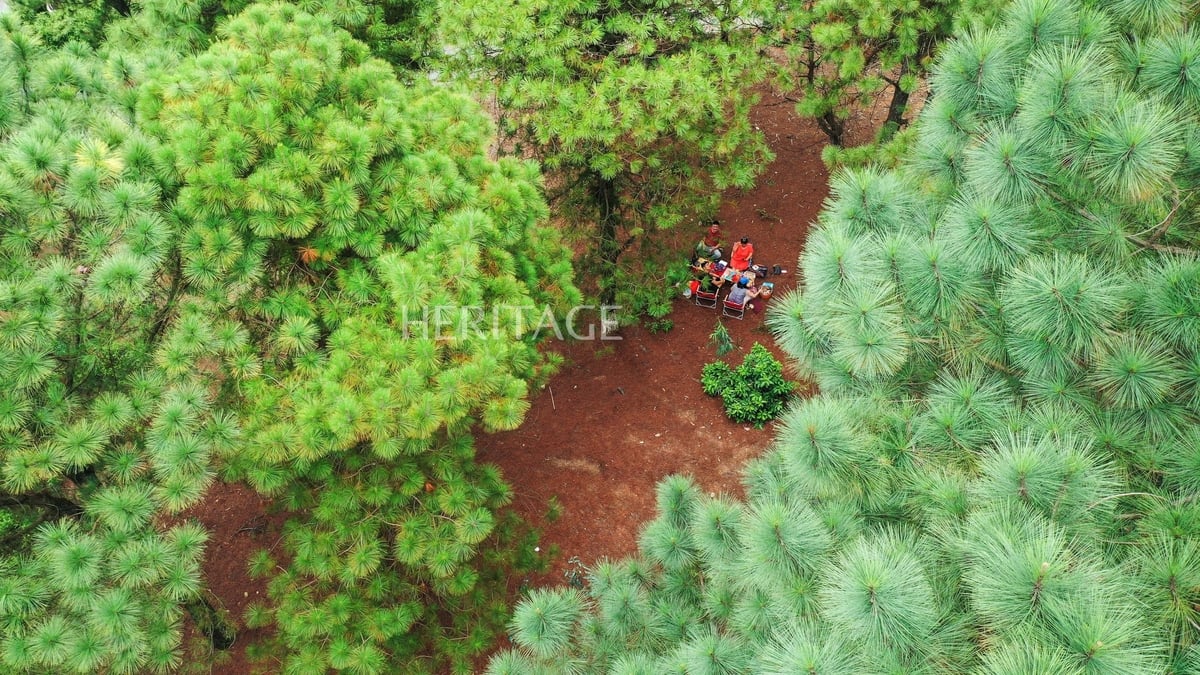

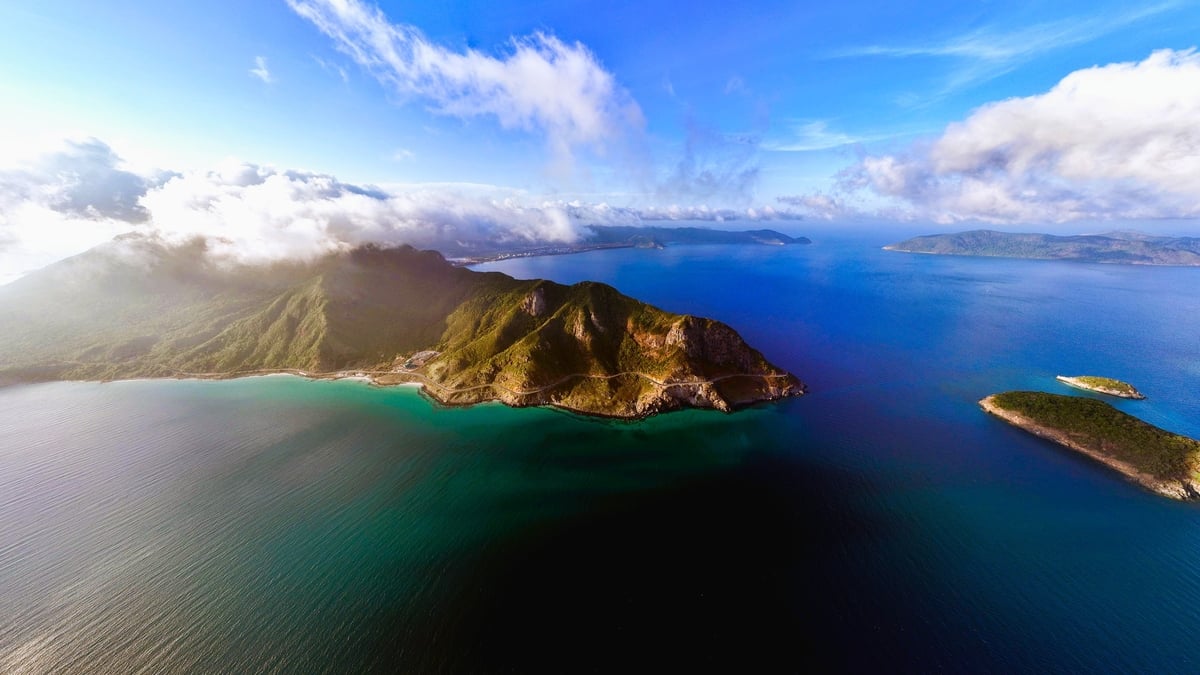

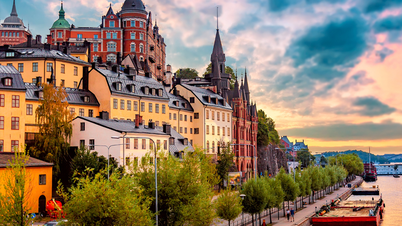

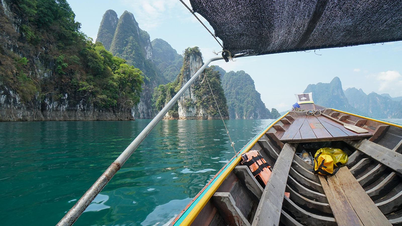
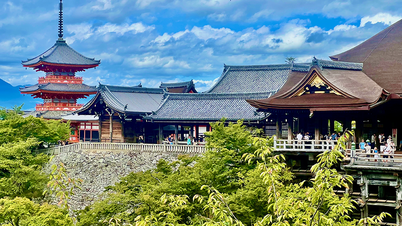
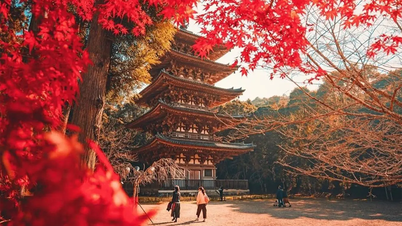

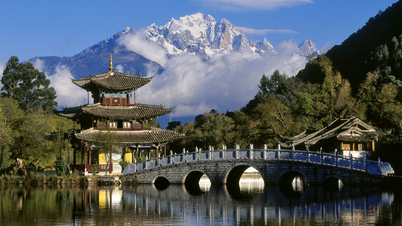
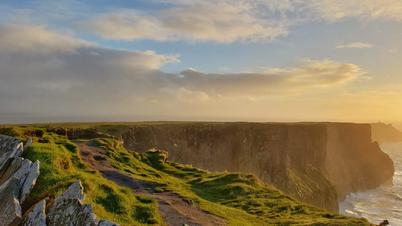

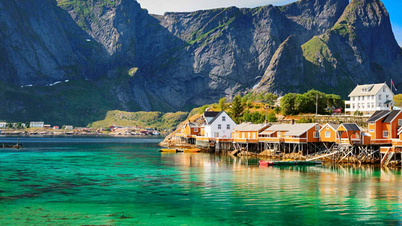
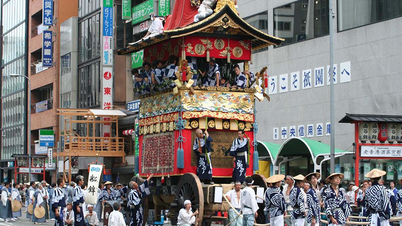
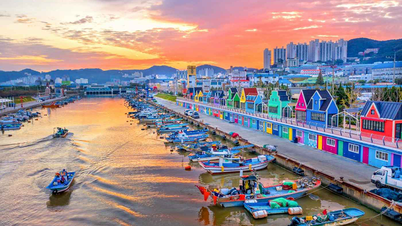
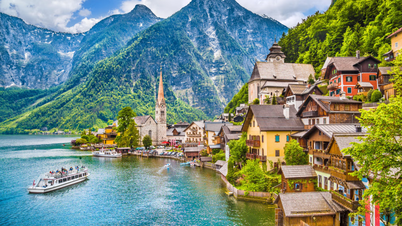


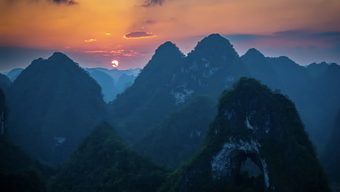
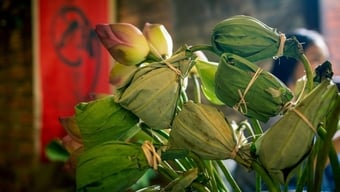
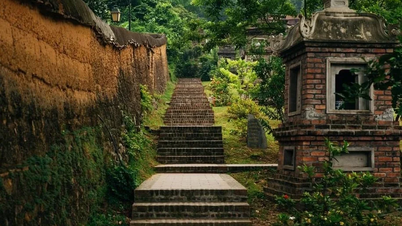





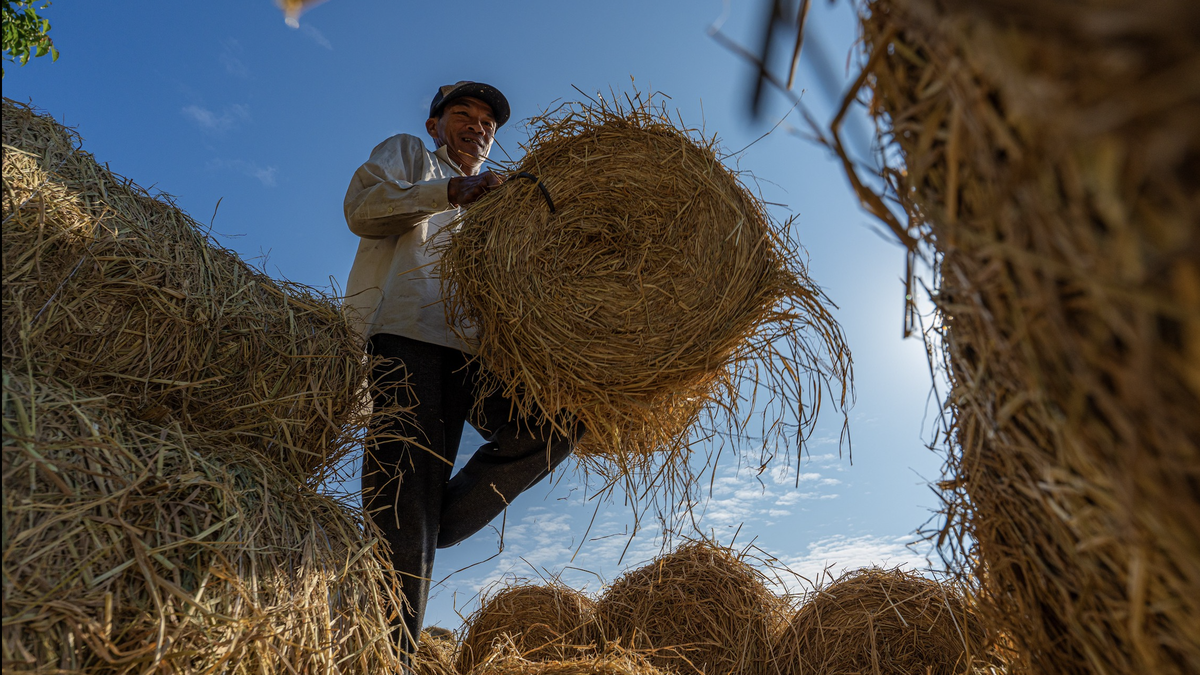
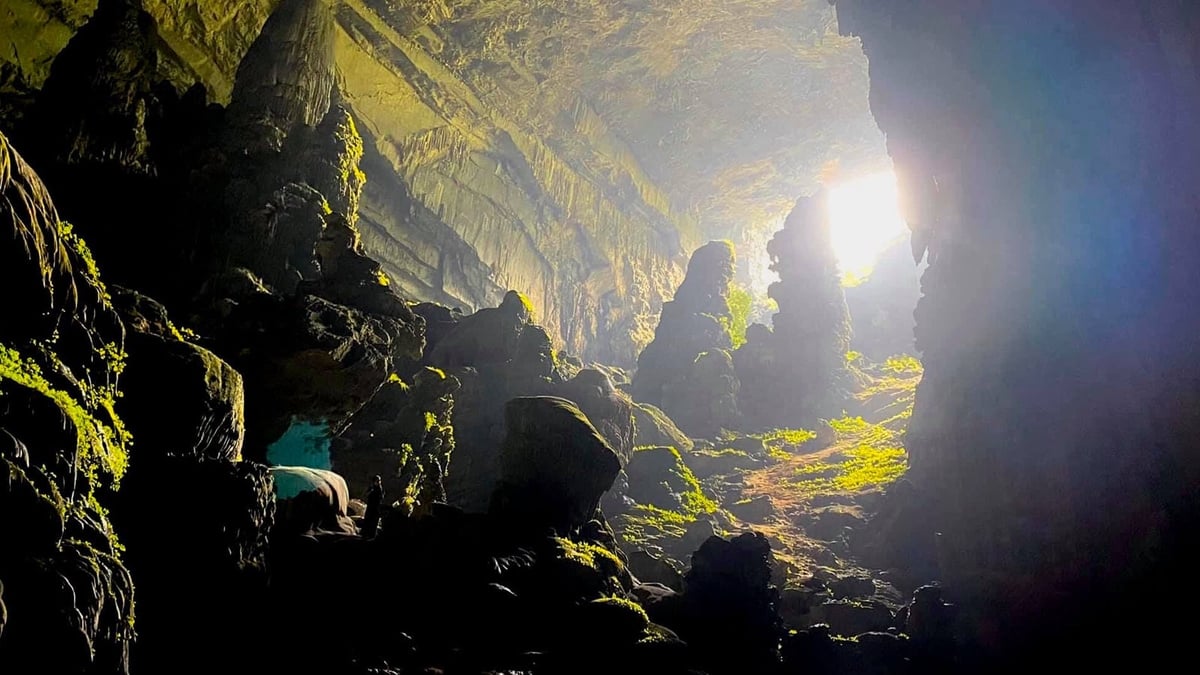
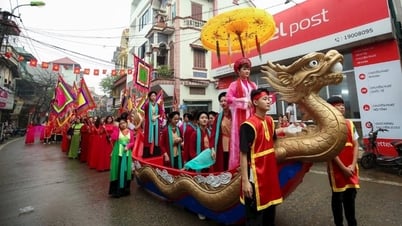

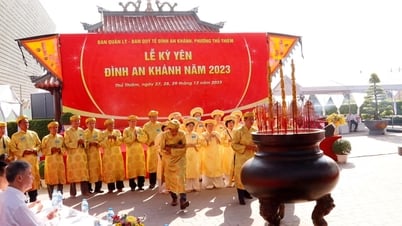

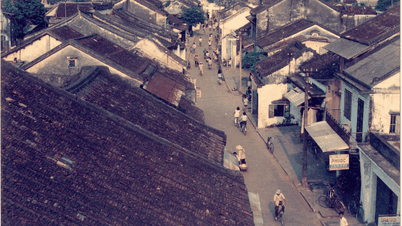


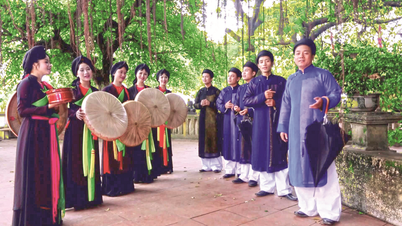

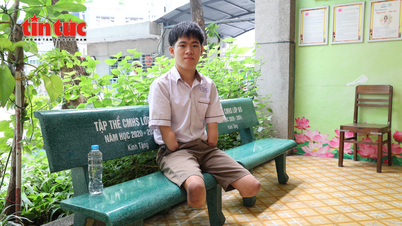

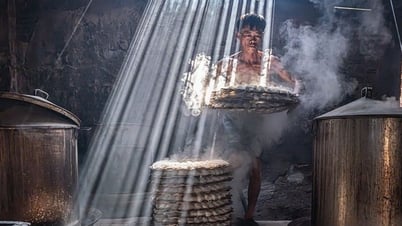





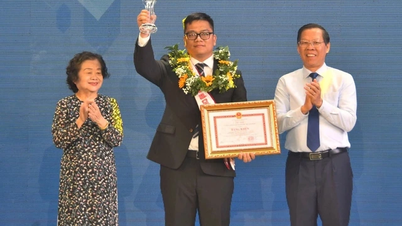










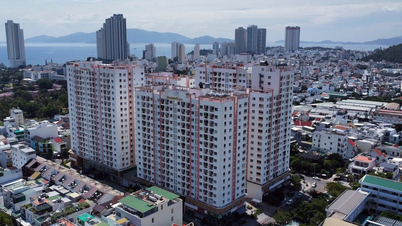

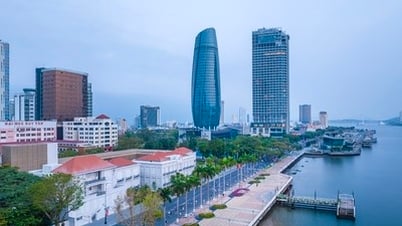

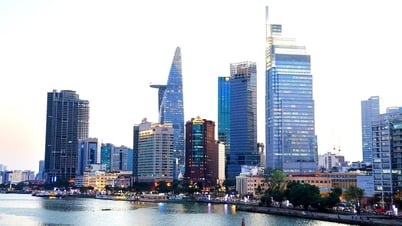








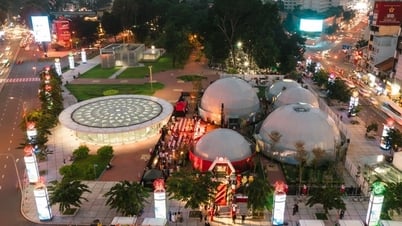
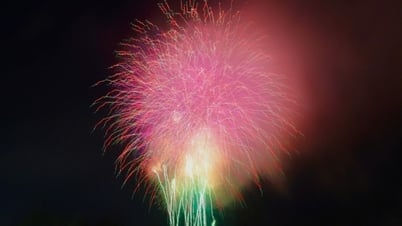













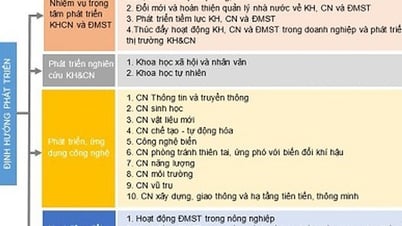






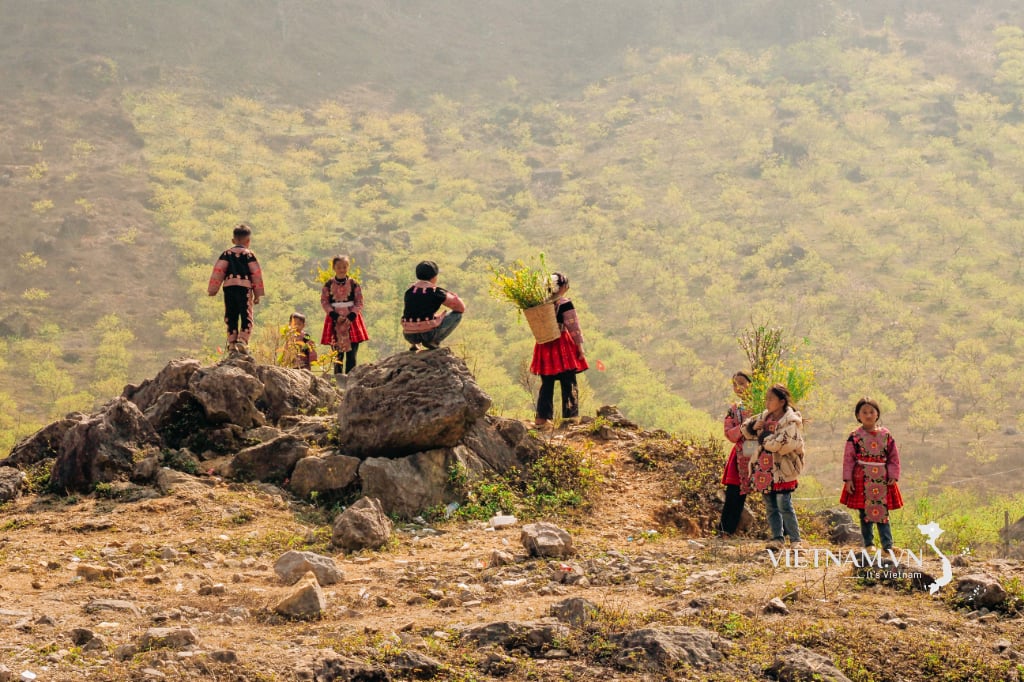
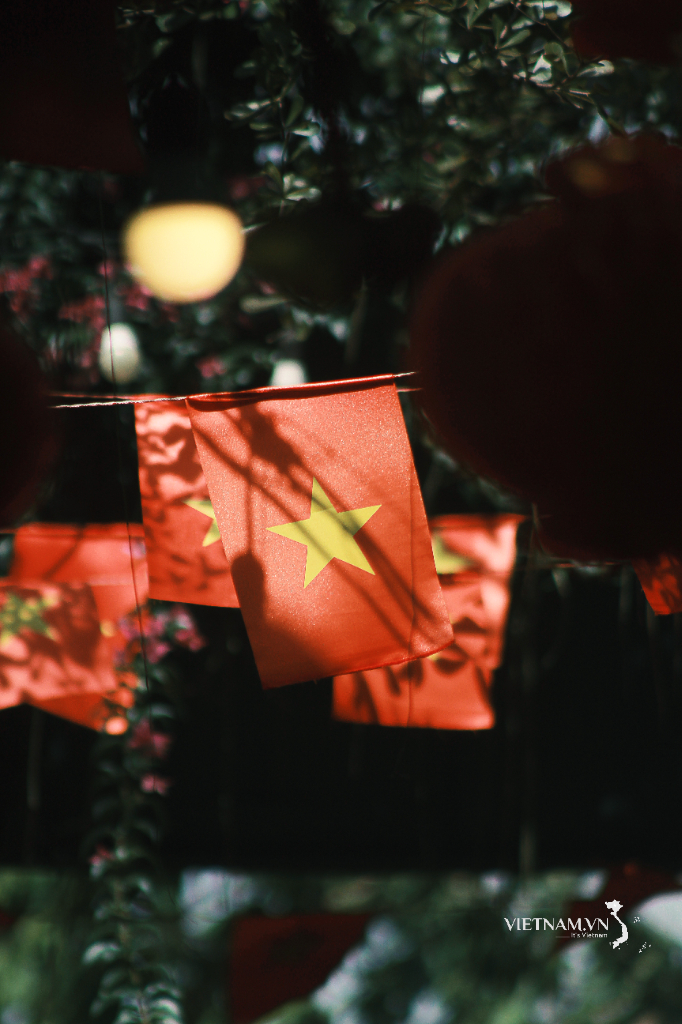
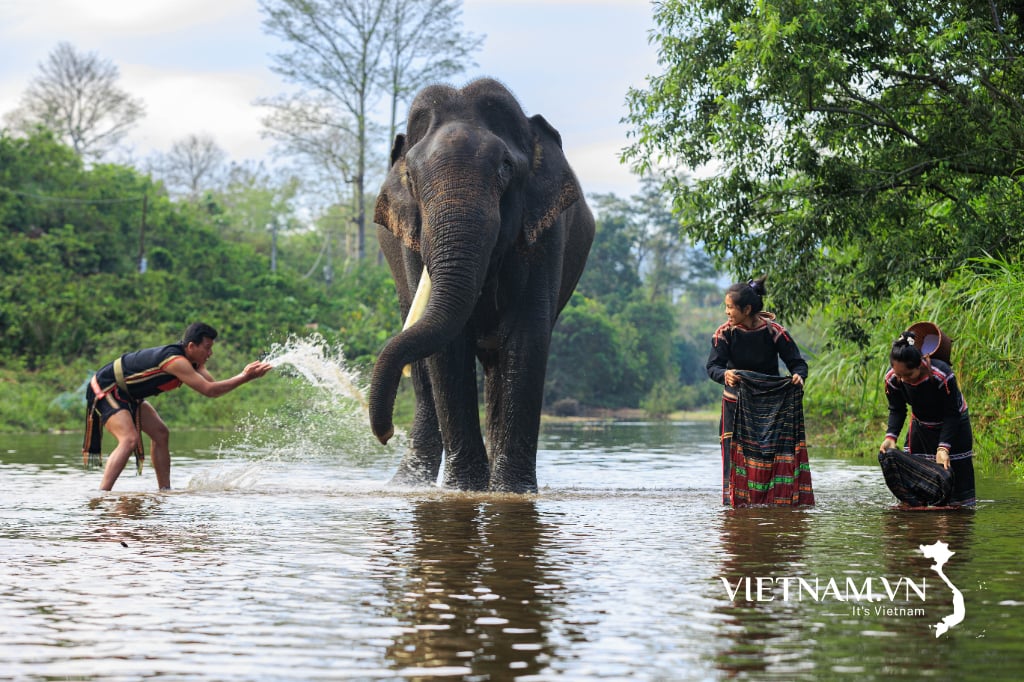
Comment (0)